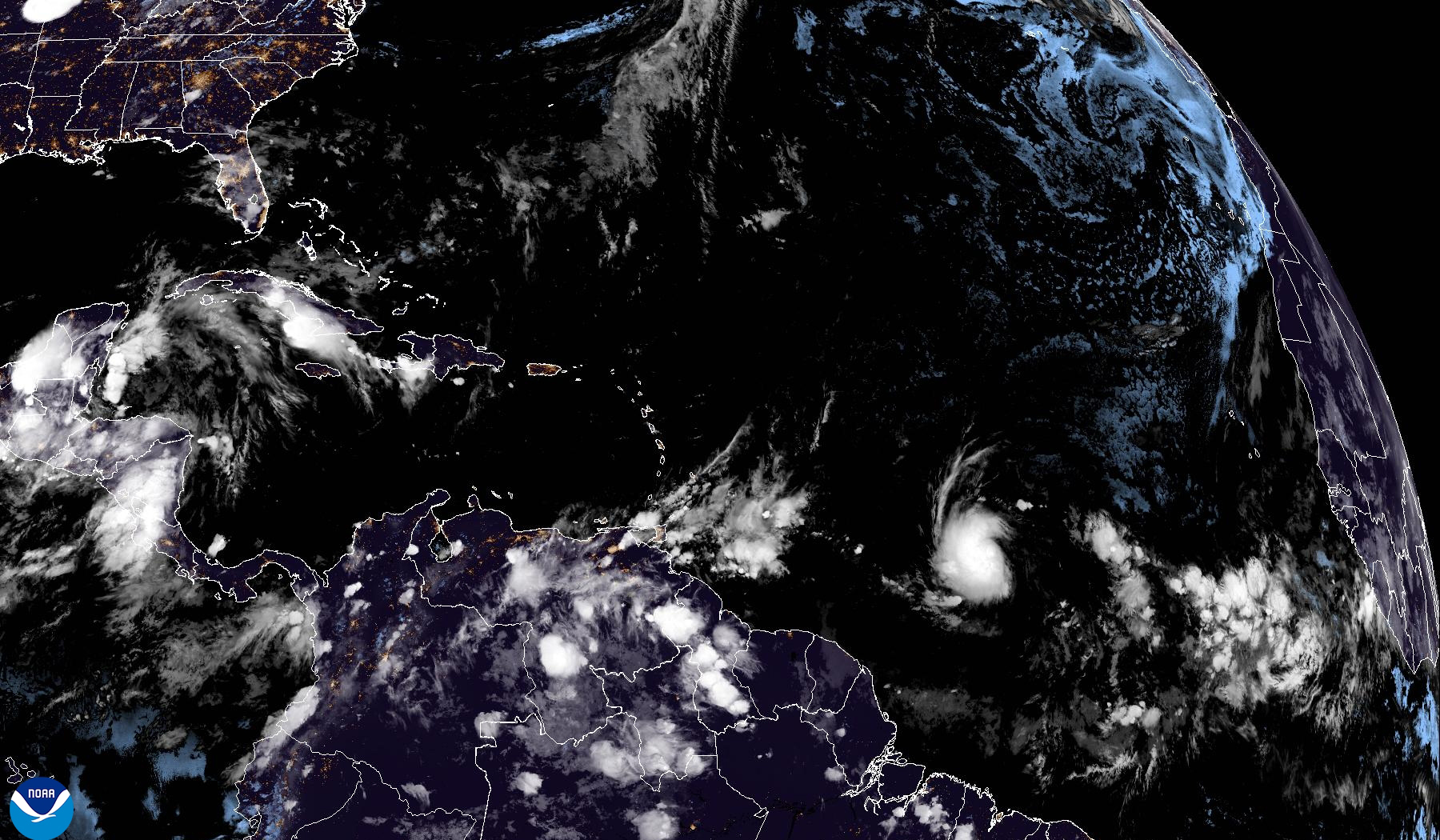NHC Beryl Impact and Recovery

Nhc beryl – Hurricane Beryl, a Category 3 storm, made landfall in the southeastern Bahamas on July 6, 2018, bringing heavy rainfall, strong winds, and storm surge to the region. The hurricane caused widespread damage to homes, businesses, and infrastructure, and left thousands of people without power or access to clean water.
Recovery Efforts
In the aftermath of the hurricane, numerous organizations and agencies, including the National Hurricane Center (NHC), the Federal Emergency Management Agency (FEMA), and the Red Cross, deployed personnel and resources to assist with recovery efforts. These efforts included:
- Providing food, water, and shelter to those affected by the hurricane.
- Clearing debris and repairing damaged infrastructure.
- Providing financial assistance to individuals and businesses.
- Offering mental health and counseling services to those who experienced trauma during the hurricane.
Lessons Learned
The impact of Hurricane Beryl highlighted the importance of preparedness and early warning systems. The NHC issued numerous advisories and warnings in advance of the hurricane, which allowed residents to evacuate and take necessary precautions. However, the hurricane also exposed some areas where improvements could be made in terms of disaster response and recovery.
- The need for more resilient infrastructure, such as buildings that can withstand high winds and storm surge.
- The importance of having a plan in place for evacuating people from vulnerable areas.
- The need for better coordination between different agencies and organizations involved in disaster response.
NHC Beryl Track and Forecast
Hurricane Beryl, a Category 3 storm, is expected to continue on a west-northwest track over the next 24 hours. The storm is expected to weaken slightly as it moves over cooler waters, but it is still expected to be a powerful hurricane when it makes landfall in Florida on Thursday night. The latest forecast models show that Beryl is likely to make landfall near Daytona Beach, but the exact location of landfall could still change.
Forecast Models
The National Hurricane Center (NHC) uses a variety of forecast models to predict the track of hurricanes. These models use data from weather stations, satellites, and other sources to create a computer simulation of the storm’s path. The NHC then uses these simulations to create a forecast track for the storm.
There are a number of different forecast models that the NHC uses, including the GFS, the HWRF, and the ECMWF. Each of these models has its own strengths and weaknesses, and the NHC uses a combination of these models to create its forecast track.
Factors Influencing Forecast Accuracy
The accuracy of hurricane forecast tracks can be affected by a number of factors, including:
- The quality of the data that is used to create the forecast models
- The accuracy of the computer simulations that are used to create the forecast models
- The complexity of the storm’s track
The NHC is constantly working to improve the accuracy of its hurricane forecast tracks. However, it is important to remember that hurricane forecasts are not always perfect. It is always important to be prepared for a hurricane, even if the forecast track shows that the storm is not expected to make landfall in your area.
NHC Beryl Safety and Preparedness

Hurricanes can be devastating, but taking the necessary precautions can help keep you and your loved ones safe. Here’s a comprehensive guide to help you prepare for and stay safe during Hurricane Beryl.
Securing Your Home
* Bring in outdoor furniture, toys, and other loose items.
* Secure loose roof shingles and gutters.
* Install storm shutters or plywood over windows and doors.
* Trim trees and remove any dead branches that could fall on your home.
Evacuating Safely
* If an evacuation order is issued, follow it immediately.
* Have an evacuation plan and know where you will go.
* Pack essential items like food, water, first aid, medications, and important documents.
* Fill up your gas tank and make sure your car is in good condition.
Staying Informed, Nhc beryl
* Monitor weather forecasts and hurricane advisories.
* Listen to local news and emergency broadcasts.
* Stay informed about evacuation routes and shelters.